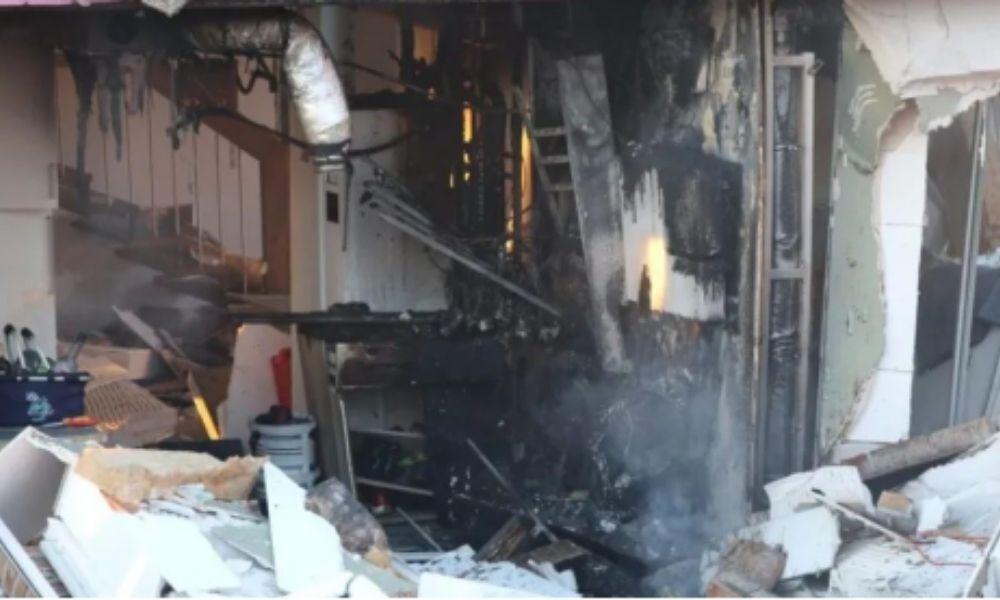Energy Storage Systems Can "Self-Detonate," and the Reasons Are Terrifying!
On February 21, 2025, an explosion in Schleswig-Holstein, Germany, rivaled Hollywood blockbusters and shocked the world. A million-euro villa was suddenly reduced to rubble—not due to a terrorist attack or a gas leak, but because the energy storage system connected to the rooftop solar panels staged a "self-detonate" in broad daylight!

Investigations revealed that the photovoltaic generation that day far exceeded demand. However, the surplus electricity was not fed into the grid; instead, it continued to flood into already full batteries. This is akin to inflating a balloon without a pressure relief valve! Even more incredible is that the energy storage system installed in the villa lacked overcharge protection.

Dangers of Battery Overcharging
Overcharging refers to the situation where the state of charge (SOC) of a lithium battery exceeds a set protection threshold (e.g., 95%), or when the charging voltage of a battery pack surpasses the cutoff voltage.
Battery overcharging not only affects the lifespan of the energy storage system—one instance of deep overcharging can damage 10% to 30% of the battery's cycle life—but it can also trigger a series of safety hazards. Overcharged batteries may overheat, swell, and, in extreme cases, explode. This will not only cause damage to the equipment but may also pose a threat to the personal safety of those in the surrounding area.

Preventive Measures
High-quality storage devices
Use chargers and storage devices that are designed to meet standards, as they are often equipped with a charge protection feature that automatically stops charging when the battery is fully charged to avoid overcharging.
Battery Management System Monitoring
The Battery Management System (BMS) is the first line of defense against overcharging, monitoring the battery's voltage and temperature and stopping charging when needed to prevent overcharging.
Regular O&M
Check the status of the circuits and energy storage devices regularly, detect any abnormalities in time, and repair and replace them to ensure they work properly.
Thermal management system
A thermal management system can effectively control battery temperature because high temperatures increase the pressure inside the battery, accelerate its aging, and increase the risk of overcharging.
Conclusion
The problem of energy storage safety incidents has been continuous, the energy storage equipment “self-destruction”, but also triggered a high degree of vigilance of the global energy storage industry on such systemic risks. Investigations into the fire indicate that battery overcharging was the primary trigger for this incident. In the face of the growing demand for energy storage, the industry must implement stricter safety management measures: optimizing thermal management designs for storage systems, enhancing fire isolation capabilities at the cell level, and adopting more effective firefighting solutions, among other measures, to reduce the occurrence of such incidents.